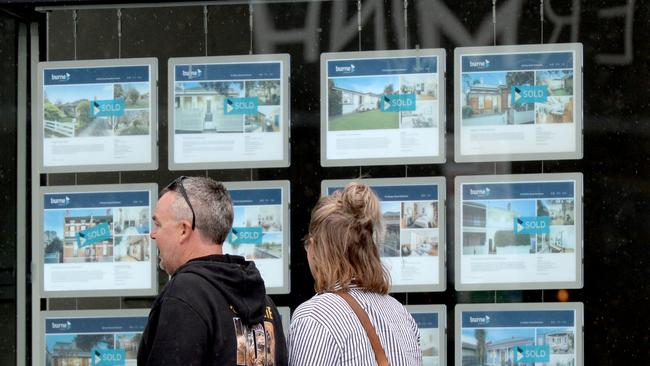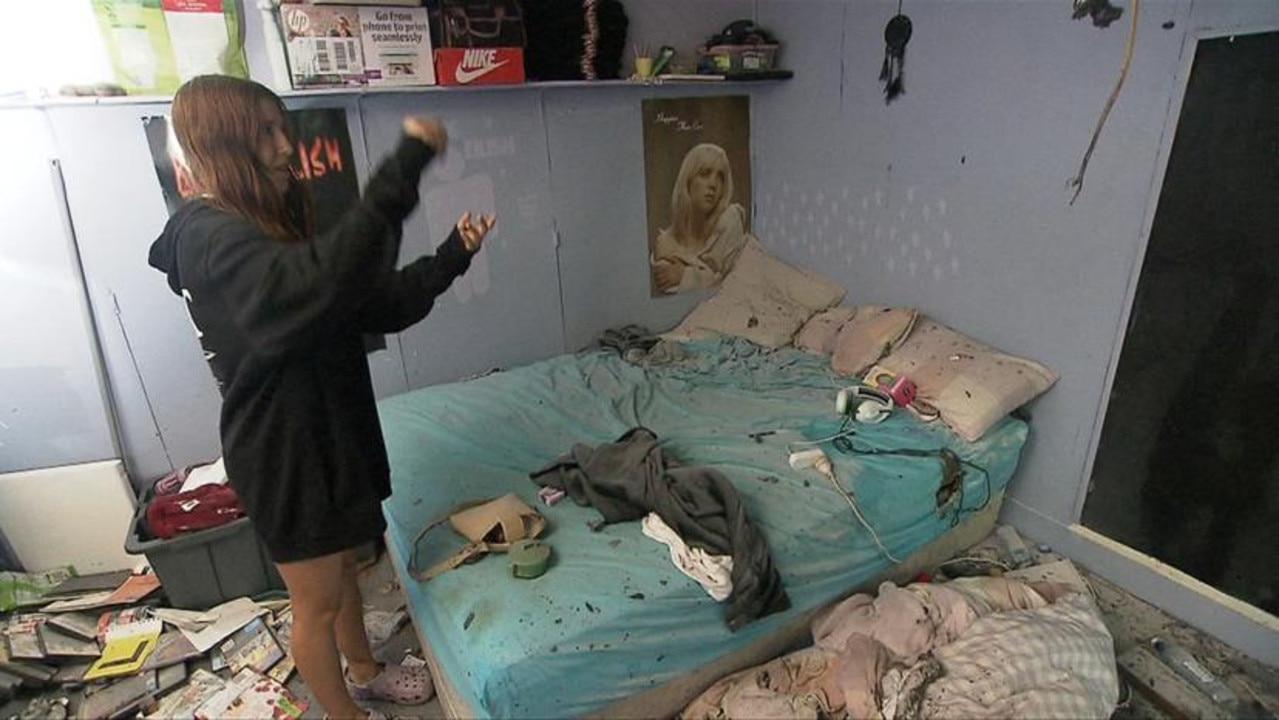Rent costs increasing across Australia in first quarter of 2025, new data reveals
Renters across Australia are copping a flogging to their hip pocket with new data showing rents are on the rise over the first quarter.

Aussie tenants are feeling the pinch with the price of rents jumping again for the first quarter of 2025.
Fresh figures released by PropTrack shows the cost of rents are up 1.6 per cent over the March quarter, for a new median price of $630.
Over the past quarter median rents in captial cities were also up 1.5 per cent to $650, while regianlly they held relatively flat to set households back $550 a week.
The median renter is now paying $1,560 more to secure property compared to this time last year.

REA Group Senior Economist Anne Flahert told NewsWire the first quarterly report usually has the highest rental growth.
“I think it’s very unlikely rents will get back to the rate of growth of 2022-2023 as that was pretty unprecedented,” she said.
“However, the pick-up in the first quarter this year, it will be very interesting to see if that persists over the next quarter or whether it’s a new year blip.
“Now it looks like population growth is moderating that might help to ease the pressures in rental markets, but having said that even if we see current population slow, those people that came to Australia in recent years, particularly students, stay for many years, so it might be a while until it impacts the property market.”
Ms Flahert also said it was a misconception rents were linked to interest rates, with supply and lack of vacancy rates driving rents higher.
“We want to see a vacancy rate of a minimum of 2 per cent across most market but unfortunately for a long time we have seen vacancy rates very low,” she said.
Separate research from Money based on ABS data show rents have increased by their fastest levels since the global financial crisis over the last two years.
Back in 2007, rents were skyrocketing, vacancy rates were plummeting, and affordable housing quickly became out of reach.
Money.com.au’s property expert, Mansour Soltani, says that while inflation is trending in the right direction for most Australians, renters are being left behind.
“The general rate of inflation is easing and back within the RBA’s target range, which is good news for homeowners desperate for more rate relief,” he says.
“But rents, as they relate to overall inflation, keep rising at a faster rate, so there’s a growing divide between homeowners who are likely to see another rate cut soon and lower mortgage repayments, and renters who will continue bearing the brunt of the housing crisis.”
PropTrack’s data showed Sydney remains the most expensive city to rent in, with renters paying an additional $70 per week compared with those in the second most expensive city, Perth.
On the other hand, prices in Melbourne continue to become more affordable compared to their peers with PropTrack data showing the capital city has fallen to the second cheapest capital city in rent, only behind Hobart

This followed the Victorian government has reformed laws to give tenants more protections, implementing more than 130 legislation changes in the process.
Premier Jacinta Allan’s government also introduced higher land taxes on investment or secondary properties worth $50,000 or more.
Ms Flahert said while Melbourne fell from one of the more expensive capitals to the least, it has been off the back of supply over changing regulations.
“These things might bring about the reverse,” she said.
“The reason we have seen a relatively more affordable rental market in Melbourne is because housing supply across Victoria has been better at keeping up with population growth compared with the other states.”
“We are now starting to see a slowdown in the number of new homes built, while Victoria’s population is starting to increase.”
Ms Flahert said last financial year there were 22,000 less properties for renters in the state with many of these already purchased by first home buyers.
The lift in rental prices came after the RBA cut the official cash rate from 4.35 per cent to 4.10 per cent during its February meeting.
During its March 31 to April 1 meeting, the RBA board left interest rates unchanged at 4.1 per cent, largely in line with market expectations.
Jim Chalmers previously called on landlords to take the Reserve Bank of Australia’s rates cut “into consideration” when setting their rents.
“It has a broader impact on our economy, and it changes housing costs as well,” Mr Chalmers told the ABC in an interview.
“So we want to make sure that landlords take this into consideration as well.
“Renters are doing it tough as well, that’s why we’re providing two rounds of rent assistance and all the other cost of living help that we are providing.
“Because we know as tough as it’s been for mortgage holders who got some relief yesterday, it’s also been tough for renters, and they are a big part of our thinking when it comes to our cost of living help.”


